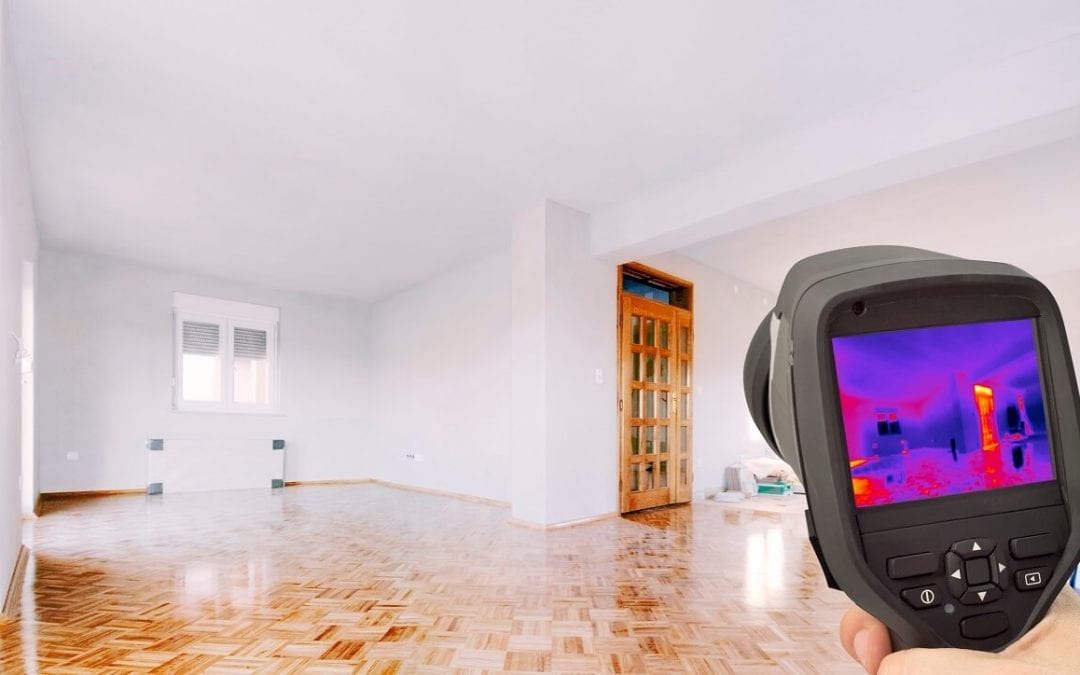Thermal Imaging in Inspections Offers a Unique Way to Detect Issues
Modern technology offers tools that allow a home inspector an advantage when examining a property. A thermal camera uses infrared imaging to read the temperature of an area. These heat signatures display varying colors and the information provided helps an inspector locate areas of concern. Here are a few uses of thermal imaging in home inspections.
Inspect for Leaks
If the inspector notices water stains during the inspection, he or she can use an infrared camera to further examine the area. A cooler temperature indicates a current moisture problem. This technology may be able to discover hidden leaks that were previously undetectable. A home inspector trained in the use of thermal imaging will be able to determine the possibility of leaks based on the temperature readings of areas throughout the home.
Locate Electrical Hazards
Your home inspector will scan the electrical panel and outlets to look for hot spots and overheating. These can indicate loose or damaged wiring and other safety hazards. Outlets or wiring that becomes too hot can lead to a house fire. A thermal camera detects the temperature of electrical components and your inspector interprets the readings.
Find Areas of Inadequate Insulation With Thermal Imaging in Inspections
Thermal imaging is a useful tool for showing areas of heat loss in a home. The infrared camera can detect areas of missing or damaged insulation. Insulation helps keep your home cool in summer and warm in winter. Over time, insulation in a home can shift or become damaged by rodents or water, leaving gaps in the insulation coverage. A difference in temperature between two areas can indicate one space is better insulated than another. The thermal images will show differences in color, meaning a certain spot may need additional insulation.
The inspector may notice other areas of heat loss, such as around doors and windows. Heat loss may also occur when the fireplace damper doesn’t close completely, near skylights, and around vents. Using thermal imaging, your home inspector can examine these areas. He or she will note if gaps and cracks need to be sealed. This information will help you know where to make improvements to prevent heat loss in your home.
Home Support Property Inspections offers inspections, including the use of thermal imaging as needed, to customers in Washington DC and Maryland. Contact us to request our services.

